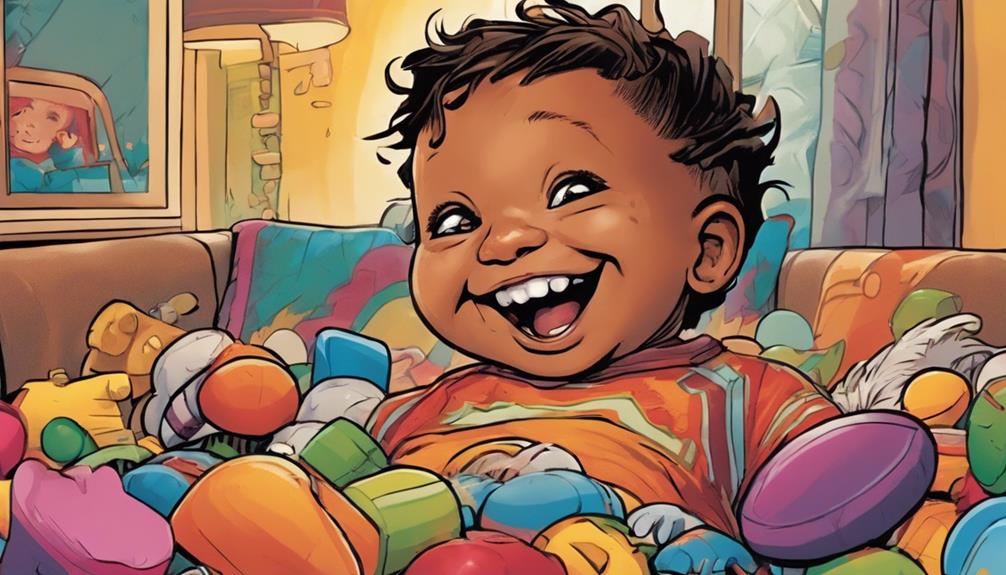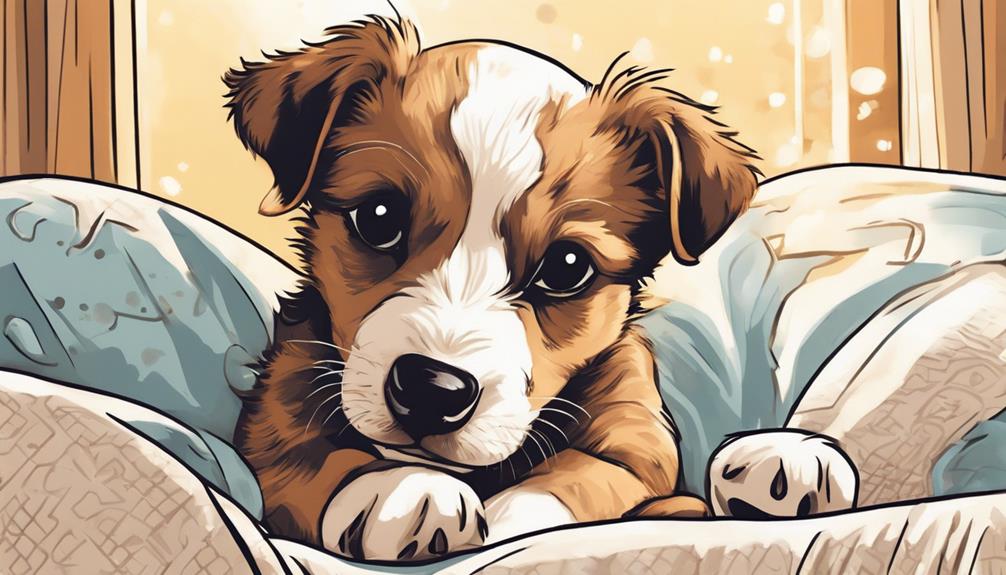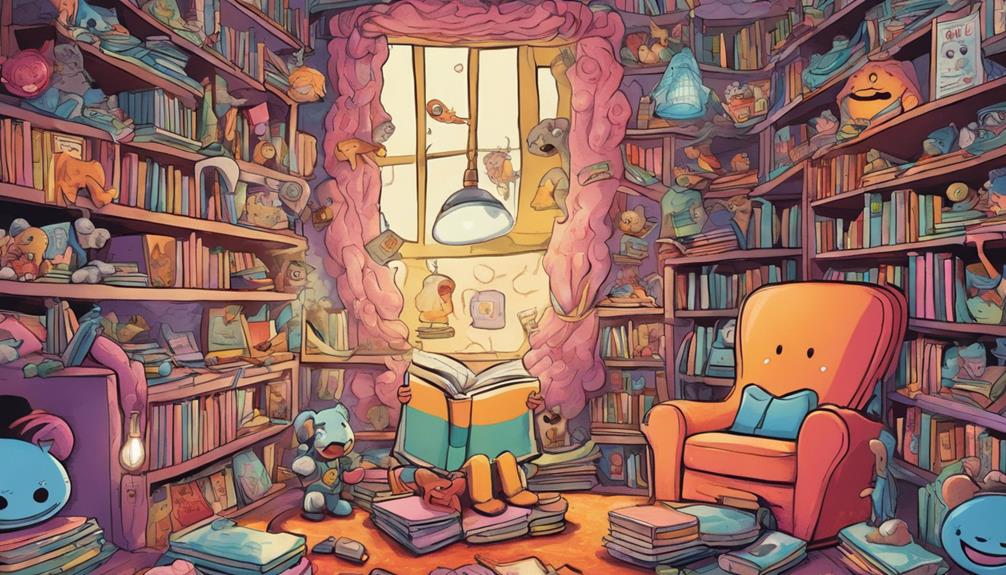Teaching kids about Day of the Dead involves sharing its meaning as a joyful way to honor ancestors and celebrate family traditions. You can use fun activities like making sugar skulls, building altars with photos and marigolds, and sharing stories about loved ones. Explain the symbols behind the decorations and emphasize respect, memory, and cultural diversity. If you want to learn more ways to make this celebration meaningful for children, keep exploring these traditions.
Key Takeaways
- Use engaging craft activities like decorating sugar skulls and building ofrendas to make learning interactive and fun.
- Explain the symbols’ meanings, such as marigolds and candles, to deepen cultural understanding.
- Share stories about loved ones and ancestors to foster emotional connection and respect.
- Emphasize that Day of the Dead celebrates life, memory, and family heritage in a joyful way.
- Incorporate visual materials and hands-on projects to help children appreciate cultural diversity and significance.

Teaching kids about the Day of the Dead is a wonderful way to introduce them to important cultural traditions that celebrate family, memory, and heritage. This vibrant holiday, rooted in Mexican culture, offers a colorful and meaningful way to honor loved ones who have passed away. One of the most iconic symbols you’ll encounter during the celebration is the sugar skull. These decorative, often brightly colored skulls are made from sugar or ceramic and are designed to be both playful and respectful. You can involve your children in making or decorating sugar skulls, turning it into a fun craft activity that teaches them about the importance of remembering ancestors in a joyful way. These skulls are often placed on the ancestor altar, or ofrenda, which serves as the focal point of the celebration. The altar is decorated with photographs, personal items, marigold flowers, candles, and sometimes the sugar skulls themselves, creating a visual tribute to loved ones. Explaining to your kids that the altar is a special space where families come together to remember and honor their ancestors helps them understand the significance of family connection across generations.
Encourage your children to participate in building or decorating the ancestor altar, emphasizing that it’s a way to keep loved ones’ memories alive. You can share stories about family members or ancestors, helping your kids develop a sense of history and belonging. Incorporating the tradition of creating or adding to the altar teaches them that remembering loved ones is a continuous process, one that involves care, respect, and celebration. The colorful decorations, the sweet scent of marigolds, and the flickering candles create a warm, inviting atmosphere that helps children grasp the idea that death isn’t just about loss, but also about celebrating life and legacy. Additionally, explaining that cultural symbols like marigolds and sugar skulls have specific meanings can deepen their understanding of the tradition’s significance.
Involving children in these activities makes the tradition accessible and meaningful. They’ll learn that the Day of the Dead isn’t a somber occasion but a lively, heartfelt tribute to family bonds. By making sugar skulls, helping to build the ancestor altar, or simply sharing stories about loved ones, your kids will gain a deeper understanding of this beautiful cultural practice. These lessons foster respect, curiosity, and appreciation for heritage, and they lay the foundation for a lifelong respect for cultural diversity. Teaching kids about the Day of the Dead in this way helps them see death as part of life’s cycle—a celebration of those who came before us and those who will come after.
Frequently Asked Questions
How Can I Incorporate Day of the Dead Into a Multicultural Classroom?
You can incorporate Day of the Dead into your multicultural classroom by organizing art project ideas like creating colorful calaveras and decorating altars. Introduce traditional foods such as pan de muerto and sugar skulls, allowing students to sample or even make them. Encourage students to share their own cultural traditions related to honoring loved ones, fostering understanding and appreciation of diverse ways to celebrate life and remembrance.
What Are Some Common Misconceptions About Day of the Dead?
Imagine thinking Day of the Dead is just a spooky Halloween remix—myth busting, right? It’s not about mourning but celebrating life and honoring loved ones with vibrant altars, not skeletons throwing parties. Stereotype clarification shows it’s a colorful, respectful tradition rooted in Mexican culture, not a grotesque costume display. You, as an educator, can correct these misconceptions and help kids appreciate its true meaning and rich symbolism.
How Do I Address Cultural Appropriation When Teaching About These Traditions?
You can address cultural appropriation by emphasizing cultural sensitivity and respectful representation. Encourage kids to learn about Day of the Dead from authentic sources and highlight its significance. Teach them to appreciate the traditions without reducing them to stereotypes or costumes. Promote open discussions about respect and understanding, helping children see the cultural depth behind these traditions. This approach fosters appreciation while avoiding disrespect or misrepresentation.
Are There Age-Appropriate Books or Resources for Young Children?
You can find age-appropriate books and early education resources that introduce children to Day of the Dead and cultural traditions. Look for children’s literature that respectfully depicts these customs, often featuring colorful illustrations and simple explanations. Many publishers offer books designed for young learners, making it easier to teach about cultural significance while fostering respect and understanding. These resources help children appreciate diversity in an engaging, age-appropriate way.
How Can Families Celebrate Day of the Dead at Home Respectfully?
You can celebrate Day of the Dead at home respectfully by creating altars with photos, candles, and favorite offerings for loved ones. Incorporate traditional foods like pan de muerto and sugar skulls to honor the celebration. Explain the significance of these items to your family, and encourage storytelling about loved ones. Respectful participation helps your family connect with this meaningful tradition and keeps the cultural spirit alive.
Conclusion
As you teach kids about Day of the Dead, you might find that sharing stories brings surprises—like discovering a family member’s favorite tradition or a favorite treat. It’s funny how, in teaching about others’ customs, you often learn more about your own roots too. These moments remind you that cultural traditions aren’t just stories from the past but living, breathing parts of your family’s story. Embrace the journey—it’s full of meaningful coincidences.









